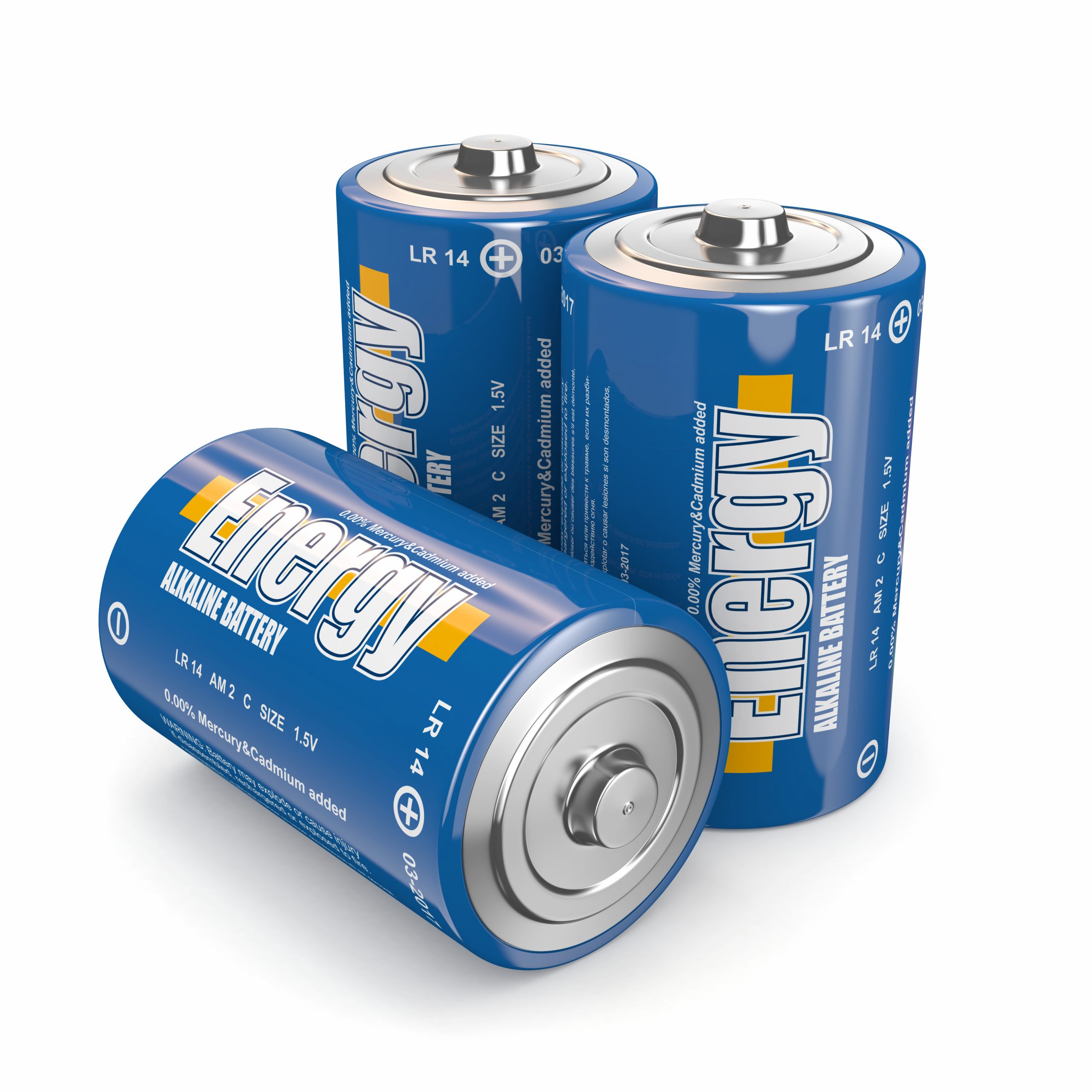Some energy consumer groups have different tariffs throughout the day – mainly consumers in group A, who find tariffs at peak and off-peak times.
Seeking to make the best use of tariffs, a fixed period can be configured for charging and discharging the batteries, so that the batteries are charged at times when the tariff is lower and are discharged at peak times to avoid energy consumption from the network with higher tariffs. This solution is known as Time Of Use or Energy Shifting.
The graph below shows that the energy generated by a photovoltaic system is not available during the entire period of high tariff, therefore, energy during times of high tariff must be consumed from the grid.

Who can benefit from using battery banks? Industries with high consumption at peak times, shopping centers and other facilities with different energy tariffs.
Operation
The system consists of using batteries to supply the installations' demand at times when electricity rates are high, such as peak hours, thus making consumption cheaper. To do this, the batteries can be charged at times when the energy tariff is cheaper or with the help of other energy sources such as photovoltaics.
The graph below illustrates an example of energy consumption from the electricity grid in an installation, highlighting peak hours (5pm – 8pm).

Configuring the batteries to come into operation at peak times, we would have something similar to what is shown in the next graph.

In the graph above, during peak hours (5pm – 8pm) the network consumption when the battery is discharging is zero.
Necessary system elements
-
High voltage batteries




-
Inverters for use with batteries



-
Smart energy meter (determines electrical values measured at the interconnection point).

Possibility of application
A shopping center, for example, has high consumption at specific times when the network's tariff is very high. A battery system allows the energy stored in the batteries to be discharged at these times, and can be charged at other times when the tariff is lower or even with the help of a photovoltaic system.
The diagram below is a simplified version of that found in a Tesvolt datasheet and illustrates the main electrical and communication connections of a system with the TS HV 70.

Check out other examples of applications with battery banks at: https://ideatek.force.com/s/projetos.















